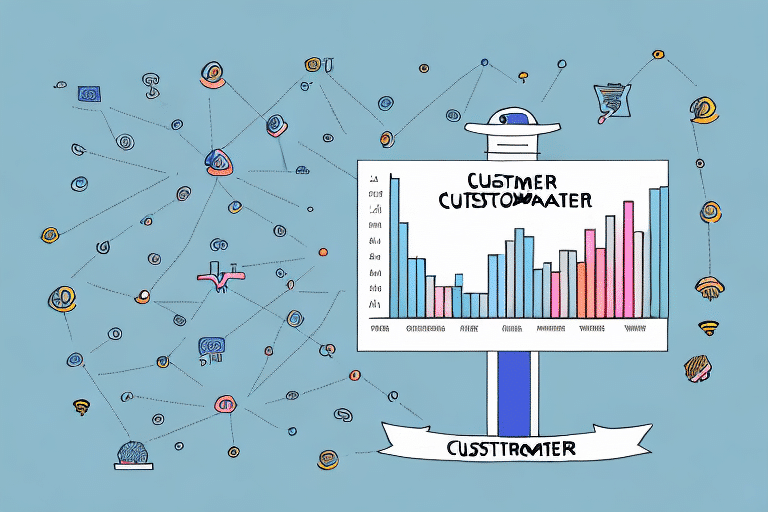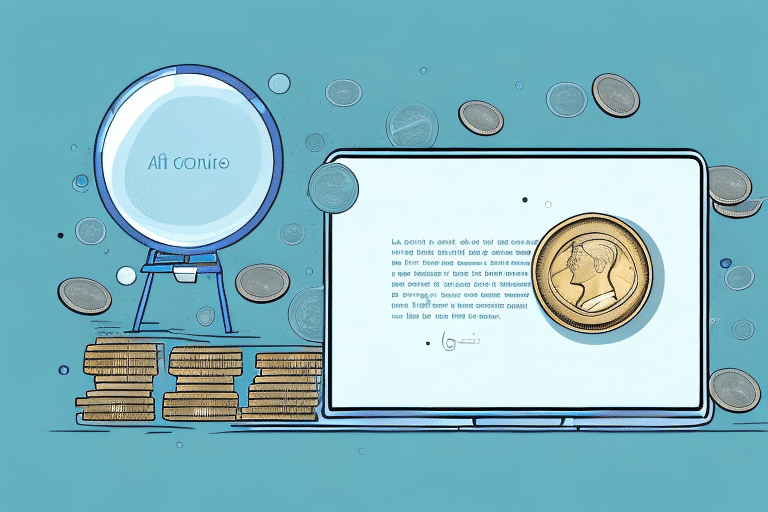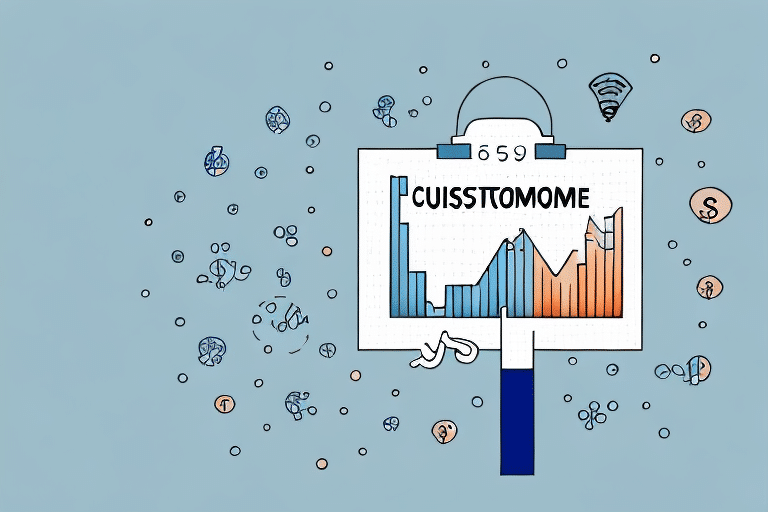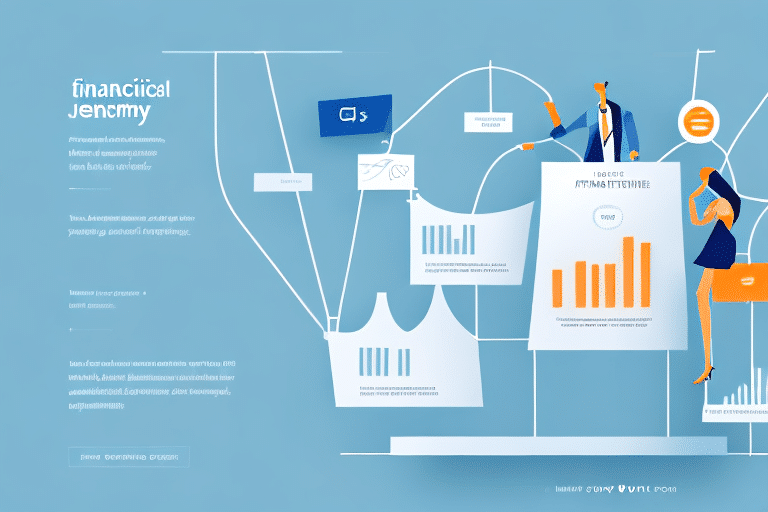Importance of Customer Retention in the Banking Sector
In the fiercely competitive banking industry, customer retention is not just a metric but a cornerstone of sustainable growth. According to a recent Accenture report, retaining existing customers can be up to 5 times less expensive than acquiring new ones. Loyal customers not only provide a steady revenue stream but are also more likely to adopt additional products and services, such as loans, investment accounts, and credit cards, thereby increasing the bank’s profitability.
Moreover, high customer retention rates contribute to a strong brand reputation. Satisfied customers are more likely to recommend their bank to friends and family, fostering organic growth through positive word-of-mouth. This organic growth is invaluable as it comes with built-in trust, reducing the skepticism often associated with financial institutions.
Additionally, retaining customers allows banks to gather invaluable feedback, which can guide service improvements and innovation. Understanding the needs and preferences of long-term customers helps banks tailor their offerings, ensuring they remain relevant in a rapidly evolving market.
Key Challenges in Customer Retention
Intense Competition
The banking sector is saturated with numerous institutions vying for the same customer base. This abundance of choices makes it easy for customers to switch banks if they find better rates, services, or customer experiences elsewhere. According to a Deloitte study, 30% of bank customers are open to switching providers within a year.
Digital Transformation
The rise of digital banking has revolutionized customer expectations. Customers now demand seamless, user-friendly online and mobile banking experiences. Traditional brick-and-mortar banks must invest heavily in digital infrastructure to keep pace with fintech competitors that offer innovative, tech-driven solutions. A McKinsey report highlights that 75% of customers prefer banks that offer robust digital channels.
Economic Uncertainty
Economic fluctuations can impact customer loyalty. During periods of financial instability, customers may seek more favorable terms or switch to banks that offer better support and flexibility. Banks must be agile in their customer retention strategies to address these shifting needs effectively.
Understanding the Customer Journey
Mapping Key Touchpoints
A comprehensive understanding of the customer journey involves identifying and optimizing key touchpoints, such as account opening, loan applications, and customer service interactions. Each touchpoint presents an opportunity to enhance the customer's experience and foster loyalty.
Mobile Banking Experience
With the ubiquity of smartphones, the mobile banking experience has become a critical touchpoint. Banks that offer intuitive, secure, and feature-rich mobile apps can significantly enhance customer satisfaction. Features like real-time transaction alerts, easy fund transfers, and personalized financial insights are highly valued by customers.
According to a PwC Fintech report, 65% of bank customers use mobile apps for their banking needs, underscoring the importance of a strong mobile presence.
Leveraging Technology for Customer Retention
Artificial Intelligence and Automation
Artificial Intelligence (AI) and automation are transforming customer service in banking. AI-powered chatbots, like Bank of America’s Erica, provide instant support, answer queries, and perform transactions, enhancing the customer experience and freeing up human resources for more complex tasks.
Case Study: Chase Bank implemented an AI-driven recommendation system that analyzes customer data to offer personalized product suggestions. This initiative resulted in a 20% increase in cross-sell rates and a measurable boost in customer satisfaction. Read more.
Data Analytics
Advanced data analytics enable banks to gain deep insights into customer behavior, preferences, and potential churn indicators. By analyzing transactional data, banks can identify patterns that signal when a customer might be considering leaving and proactively address their concerns.
Implementing predictive analytics can help in tailoring marketing campaigns, improving product offerings, and enhancing overall customer satisfaction.
Building Strong Customer Relationships
Personalization and Customization
Personalization is key to making customers feel valued. By leveraging customer data, banks can tailor their services and communications to meet individual needs. Personalized offers, such as tailored loan rates or investment advice, can significantly enhance customer loyalty.
For example, Ally Bank uses customer data to send personalized savings tips and product recommendations, leading to higher engagement and retention rates.
Effective Communication
Clear and consistent communication builds trust and transparency. Banks should utilize multiple channels—such as email, SMS, and in-app notifications—to keep customers informed about their accounts, new services, and any changes in policies. Personalized communication that acknowledges the customer’s history and preferences fosters a stronger connection.
Measuring Engagement and Loyalty
Key Metrics to Track
To effectively gauge customer engagement and loyalty, banks should monitor several key metrics:
- Net Promoter Score (NPS): Measures the likelihood of customers recommending the bank to others.
- Customer Retention Rate: Tracks the percentage of customers who continue to do business with the bank over a set period.
- Customer Lifetime Value (CLV): Estimates the total revenue a bank can expect from a single customer account throughout their relationship.
Regularly analyzing these metrics allows banks to identify strengths and areas for improvement in their customer retention strategies.
Customer Feedback
Collecting and acting on customer feedback is crucial for continuous improvement. Surveys, feedback forms, and direct interactions provide valuable insights into customer satisfaction and areas needing attention.
A SurveyMonkey study found that banks that actively seek and implement customer feedback see a 10-15% increase in retention rates.
Effective Communication and Handling Complaints
Proactive Communication Strategies
Proactive communication involves reaching out to customers with relevant information before issues arise. This can include updates on new services, changes in terms and conditions, or tips on managing finances effectively.
Personalized communication that addresses the specific needs and preferences of customers can enhance their overall experience and loyalty.
Handling Objections and Complaints
Complaints, when handled effectively, can turn dissatisfied customers into loyal ones. Banks should establish robust complaint resolution processes that ensure timely and satisfactory solutions.
Strategies include active listening, empathetic responses, and offering tangible solutions such as refunds or service upgrades. A Harvard Business Review article emphasizes that companies that excel at complaint resolution can increase customer retention by up to 25%.
The Role of Rewards Programs in Enhancing Customer Retention
Incentivizing Loyalty
Rewards programs are an effective tool for incentivizing customer loyalty. By offering points, cashback, or exclusive benefits, banks can encourage customers to continue using their services.
For example, Citi Bank has a rewards program that allows customers to earn points on everyday transactions, which can be redeemed for travel, merchandise, or statement credits. This not only enhances customer engagement but also strengthens the bond between the customer and the bank.
Attracting New Customers
Rewards programs can also be a powerful marketing tool to attract new customers. Offering sign-up bonuses or exclusive rewards for new account holders can differentiate a bank from its competitors and draw in individuals seeking added value.
According to a Bain & Company report, banks with effective rewards programs see a 20% higher customer retention rate compared to those without.
Conclusion: Key Takeaways for Enhancing Customer Retention in the Banking Sector
Enhancing customer retention in the banking sector requires a multifaceted approach that combines understanding customer needs, leveraging technology, and building strong, personalized relationships. By addressing key challenges, optimizing the customer journey, and continuously measuring and improving engagement strategies, banks can foster long-term loyalty and drive sustained profitability.
Implementing effective communication strategies, personalized rewards programs, and robust complaint handling processes further solidify customer trust and satisfaction. In an ever-evolving financial landscape, prioritizing customer retention is not just beneficial but essential for enduring success.








